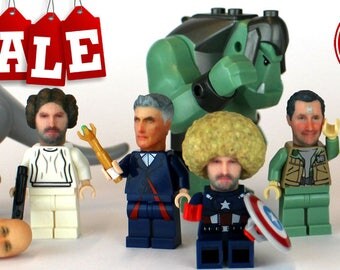

You can skip step 5 if you don’t want to save your coloring page design or make copies for others to use. You can also print copies of it if you want to share your coloring page design with others. Scan your coloring page to your computer or tablet to save its design. This will help make your coloring page clear. After you’ve finished the drawing on your coloring page, erase any remaining pencil marks.

The marker lines will help distinguish where you should and shouldn’t color. Make sure you trace the lines of the smaller details too. Trace over the pencil lines using the permanent marker.After you complete the rough sketch, you can take your time to tidy up your work and add the smaller, more specific details to the page. This initial sketch might be a general outline of your coloring page. If you’re tracing a physical object, place it on the sheet of paper and trace the outer and inner linings of the object. If you’re confident in your freehand work, use the pencil to sketch the image you’ll want to color. Some popular coloring pages include flowers, geometrical shapes, and cartoon characters. Once you have all your materials, you can begin designing your coloring pages. If you’re not the best free-hand artist, tracing objects can help you when making your own coloring pages. An object that you want to trace (optional).If you want to preserve the design of your coloring page or be able to make copies of it, you’ll need a scanner and a printer. Use a fine-point tip to prevent bleeding outside of your pencil lines. Design stunning slides with Microsoft PowerPoint.


 0 kommentar(er)
0 kommentar(er)
